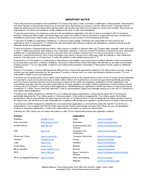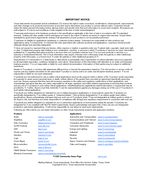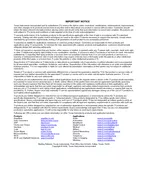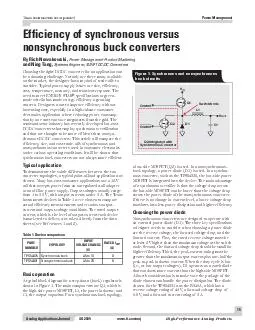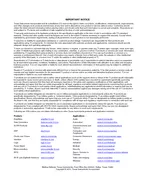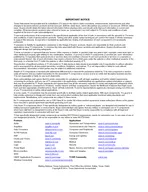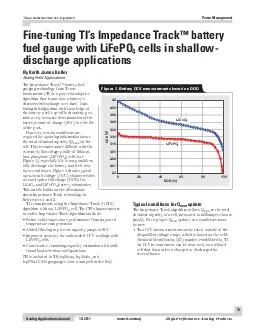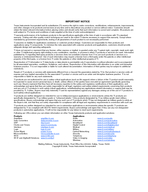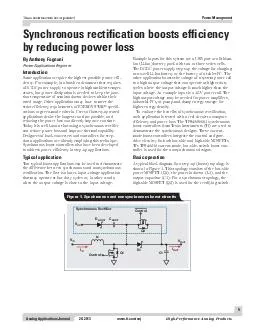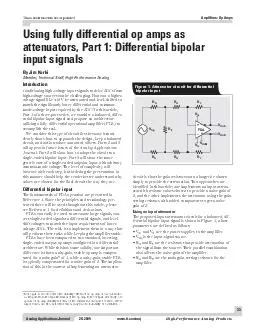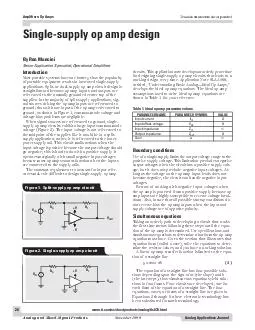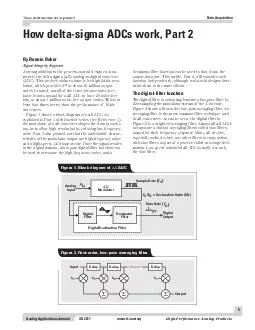PDF-Analog Applications Journal Texas Instruments Incorporated HighPerformance Analog Products
Author : sherrill-nordquist | Published Date : 2014-12-24
ticomaa 2Q 2010 Amplifiers Op Amps Operational amplifier gain stability Part 2 DC gainerror analysis Introduction The goal of this threepart series of articles is
Presentation Embed Code
Download Presentation
Download Presentation The PPT/PDF document "Analog Applications Journal Texas Instru..." is the property of its rightful owner. Permission is granted to download and print the materials on this website for personal, non-commercial use only, and to display it on your personal computer provided you do not modify the materials and that you retain all copyright notices contained in the materials. By downloading content from our website, you accept the terms of this agreement.
Analog Applications Journal Texas Instruments Incorporated HighPerformance Analog Products: Transcript
Download Rules Of Document
"Analog Applications Journal Texas Instruments Incorporated HighPerformance Analog Products"The content belongs to its owner. You may download and print it for personal use, without modification, and keep all copyright notices. By downloading, you agree to these terms.
Related Documents

